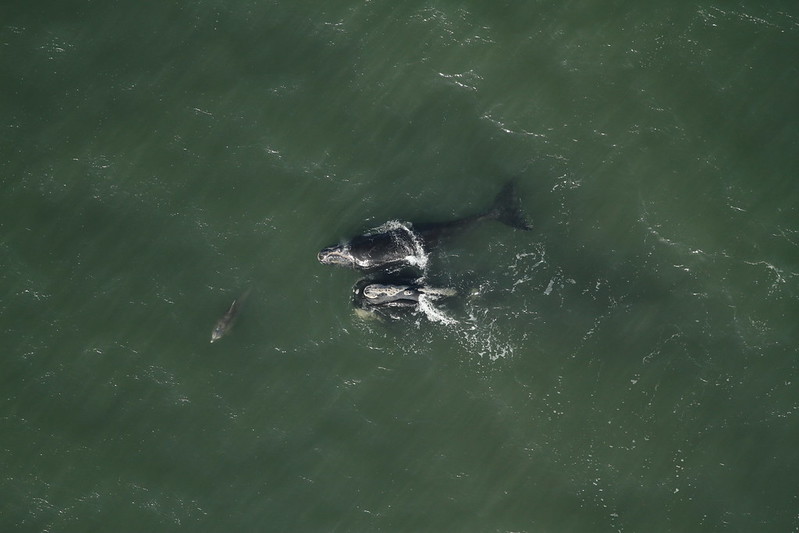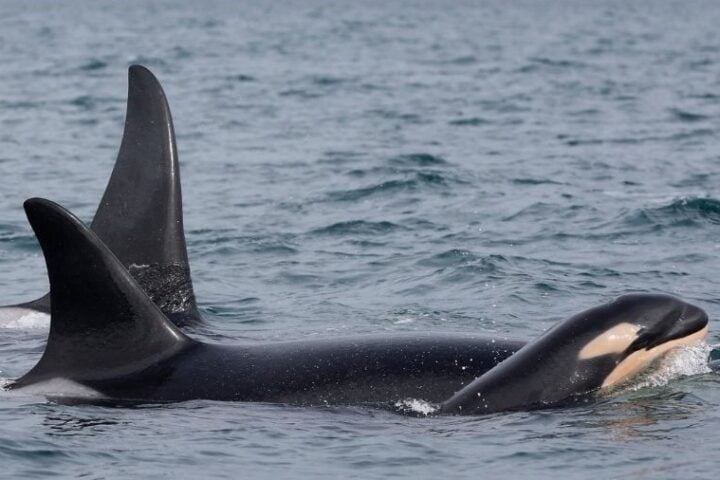The National Oceanic and Atmospheric Administration (NOAA) has withdrawn its proposed regulation to expand vessel speed restrictions along the Atlantic coast, a decision that highlights the ongoing tension between marine conservation efforts and economic interests.
The withdrawn proposal would have extended the existing 10-knot speed limit to vessels between 35 and 65 feet in length, significantly expanding the current restrictions that only apply to vessels 65 feet or longer. NOAA cited the overwhelming public response – approximately 90,000 comments – and requests for further engagement as key factors in their decision.
The North Atlantic right whale population, now numbering fewer than 380 individuals, faces critical endangerment. Vessel strikes remain a leading cause of their decline, with recent incidents including a documented case of a whale calf found stranded off Georgia with head injuries consistent with a vessel collision.
Conservation groups express serious concerns about the withdrawal. “While we’ve been waiting and watching the proposed rule move forward, and ultimately stall, we’ve watched on the water outcomes of the current insufficient protections,” says Gib Brogan, campaign director at Oceana.
The economic dimension played a significant role in the decision. Frank Hugelmeyer, president of the National Marine Manufacturers Association, welcomed the withdrawal: “This is a huge step forward for American boat manufacturers, coastal economies, and outdoor enthusiasts across the U.S. The way this rule was drafted gave rulemaking a bad name.”
The federal government has allocated funds to improve whale tracking and speed enforcement technologies, suggesting a potential shift toward technological solutions rather than broader speed restrictions.
Similar Posts
South Carolina Representative Russell Fry supported the withdrawal, citing potential negative impacts on coastal industries including boating, fishing, tourism, and hospitality. Massachusetts officials opposed the rule due to concerns about transportation services.
The right whales’ migration pattern between calving grounds off Florida and Georgia to feeding grounds off New England and Canada has become increasingly dangerous. The whales have been leaving established protected areas as they follow their prey into different waters.
The withdrawal of this protective measure occurs at a critical time for the species. While the whales numbered more than 480 in 2010, that population fell by more than 25% over the following decade. Though recent numbers show a slight uptick, the withdrawal leaves questions about the future of right whale conservation efforts and the balance between environmental protection and maritime industry interests.







![Representative Image: European Starling [49/366]. Photo Source: Tim Sackton (CC BY-SA 2.0)](https://www.karmactive.com/wp-content/uploads/2025/04/Starlings-Drop-82-in-UK-Gardens-as-Birdwatch-2025-Reveals-Record-Low-Count-Since-1979-720x480.jpg)










